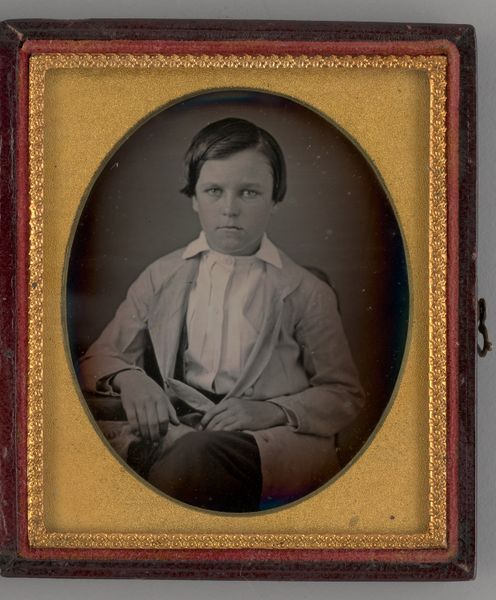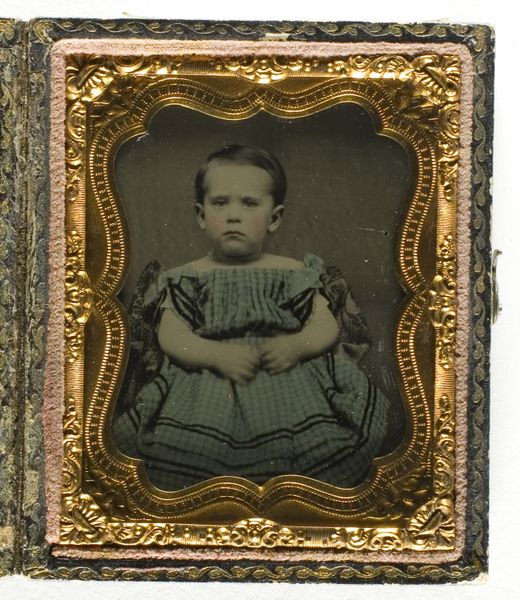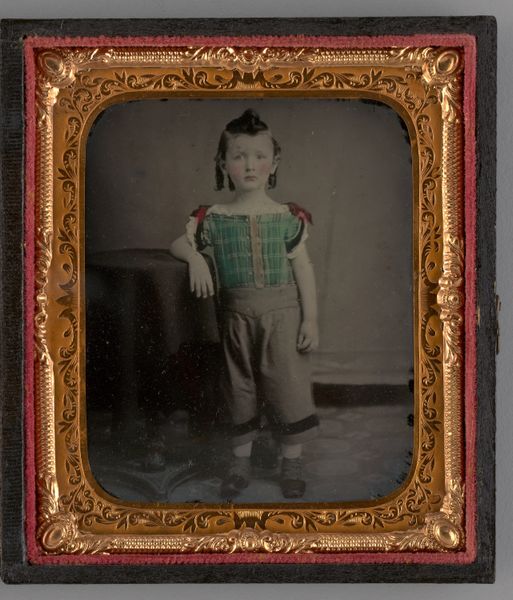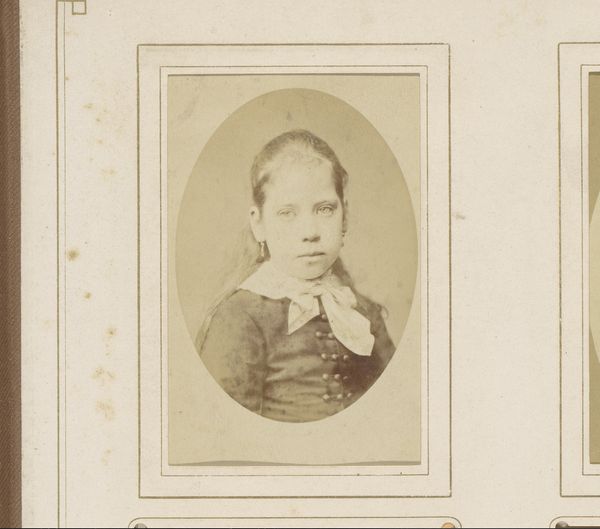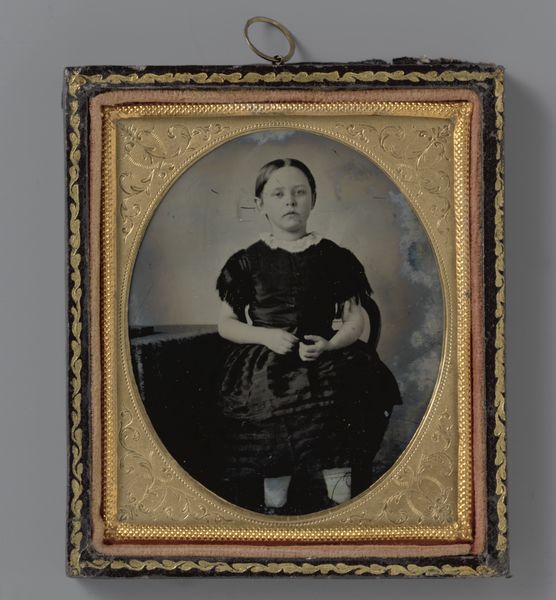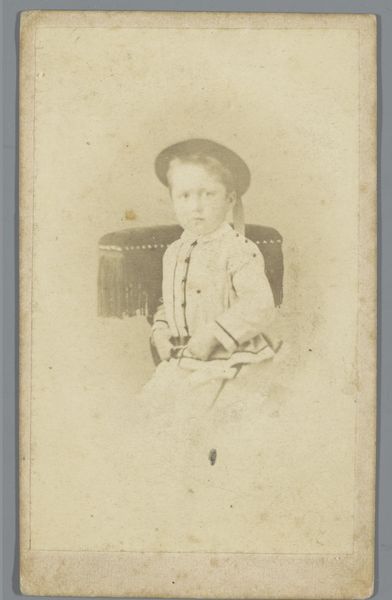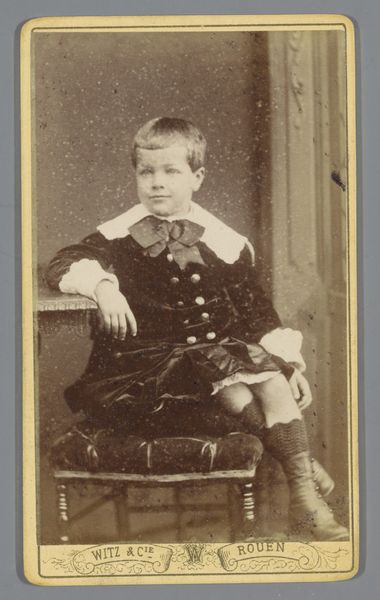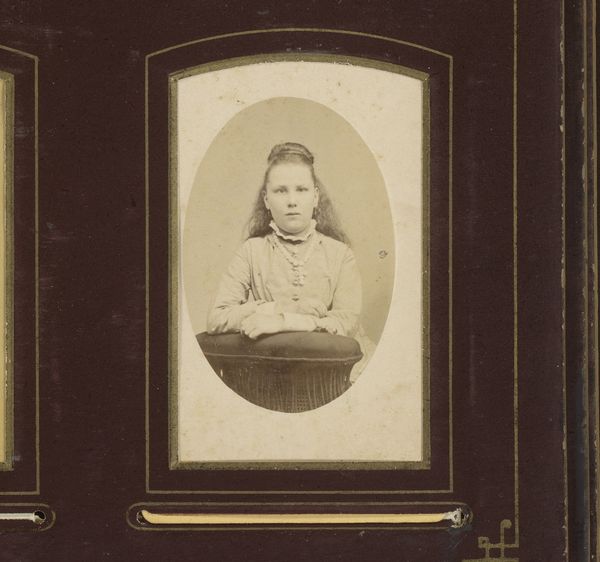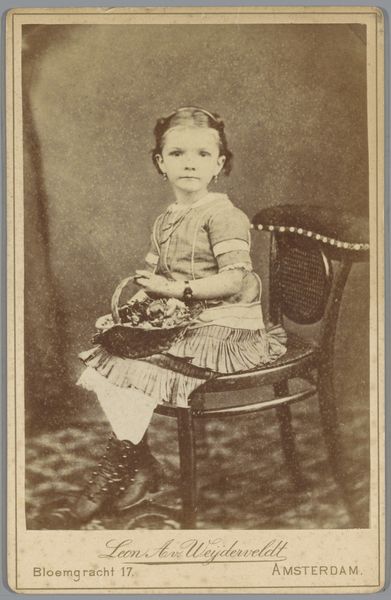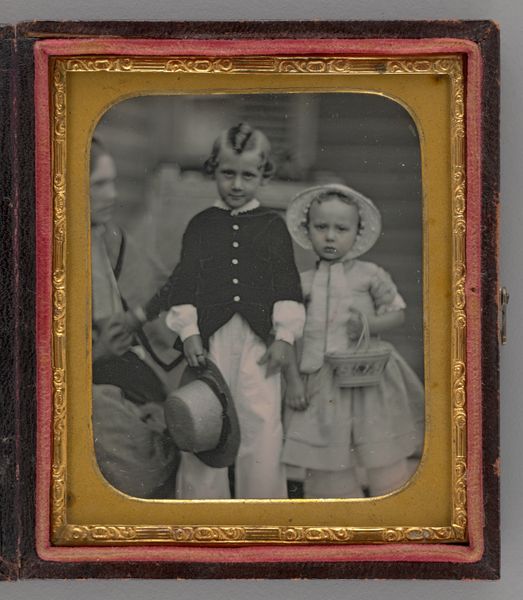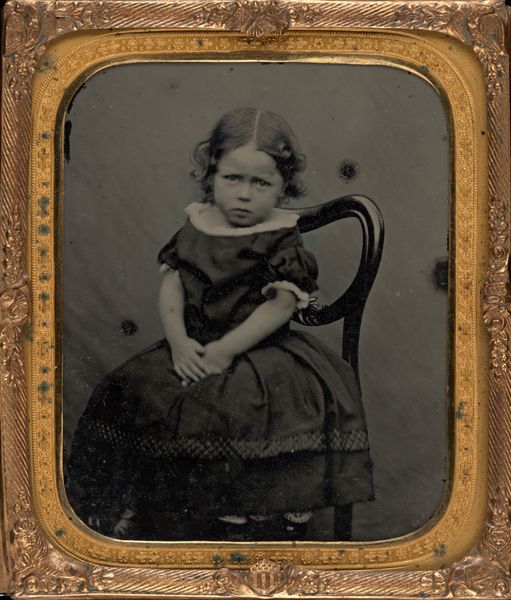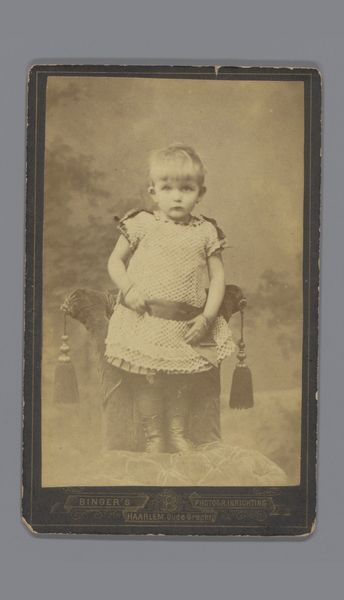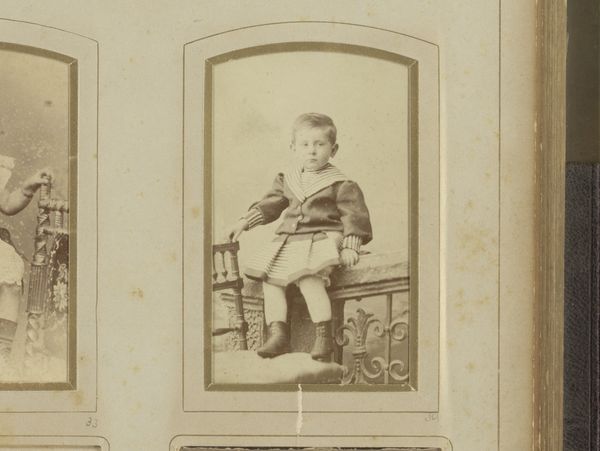
daguerreotype, photography
#
portrait
#
16_19th-century
#
daguerreotype
#
photography
#
child
#
united-states
#
realism
Dimensions: 10.8 × 8.3 cm (plate); 11.8 × 9.2 × 1.5 cm (case)
Copyright: Public Domain
Curator: This "Untitled" portrait, a daguerreotype from approximately 1857 to 1860, captured by B & G Moses, really draws me in. The visual weight feels potent, as if holding a fragment of that child's soul. Editor: It's incredibly evocative. The material itself—that reflective surface of the daguerreotype—gives it such a ghostly feel. There's an aura to the whole piece that reminds you of something old, and somewhat tragic. Curator: Precisely. Look at the ornate gold frame; it speaks to the aspirations of middle-class families at the time to memorialize childhood—a period viewed through an increasingly sentimental lens. But consider also, in psychological terms, the captured stillness – a lost moment that speaks volumes. Editor: And what did it cost them, really? Both in terms of money and labour. Someone had to source those chemicals, prepare the plate, operate the camera, create the frame, probably by hand if this is pre-mass production. It makes me wonder about access—who *couldn’t* afford a portrait like this? Curator: Absolutely. The socio-economic implications are undeniable, informing our understanding of the image itself. Beyond that, it serves as a time capsule that reveals much more than mere superficial details of 19th-century fashion. There's an underlying tension visible here. A visual symbol loaded with latent content. Editor: I'm just stuck on the process and the sitter, though. It seems as if sitting still for so long, which had to be difficult for any child, resulted in an expression that is unreadable, like it is hiding some meaning we are locked out from decoding. What about their future beyond this frozen instance? Curator: Indeed! This kind of photographic artifact functions as more than just a picture, it is an invitation for continuous readings and interpretations, even contradictions. Editor: So a beautiful piece with heavy material roots, connecting the photograph to its subject across all this time. Curator: Yes, and I see that it reflects more than light; it reveals history's echoes, resonating with both the seen and unseen forces of human life.
Comments
No comments
Be the first to comment and join the conversation on the ultimate creative platform.
